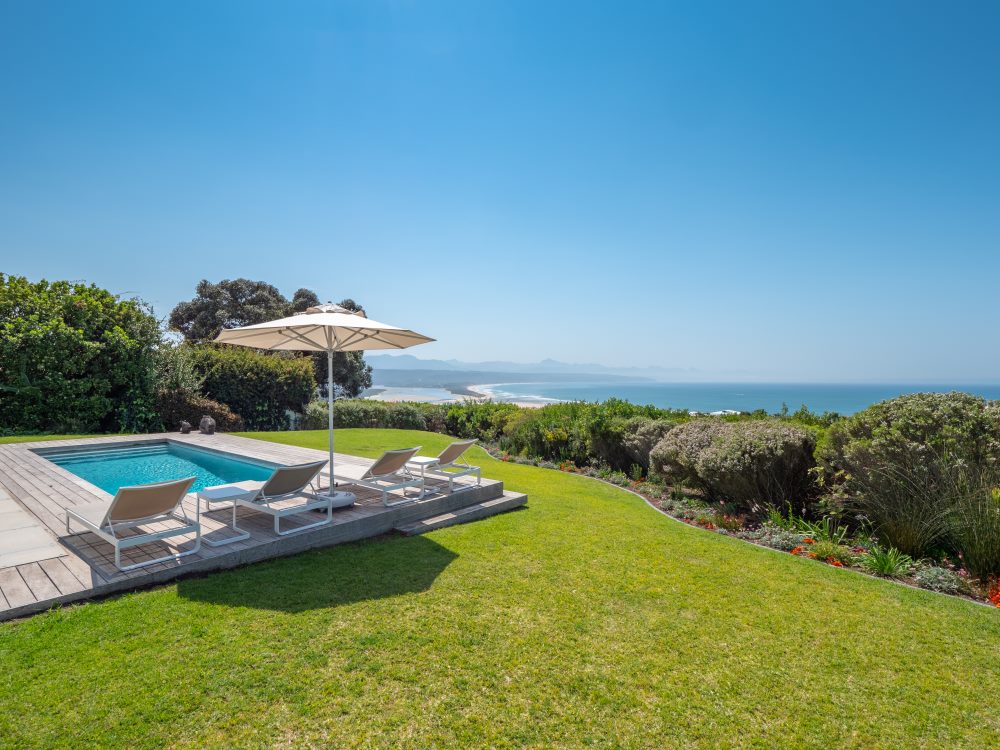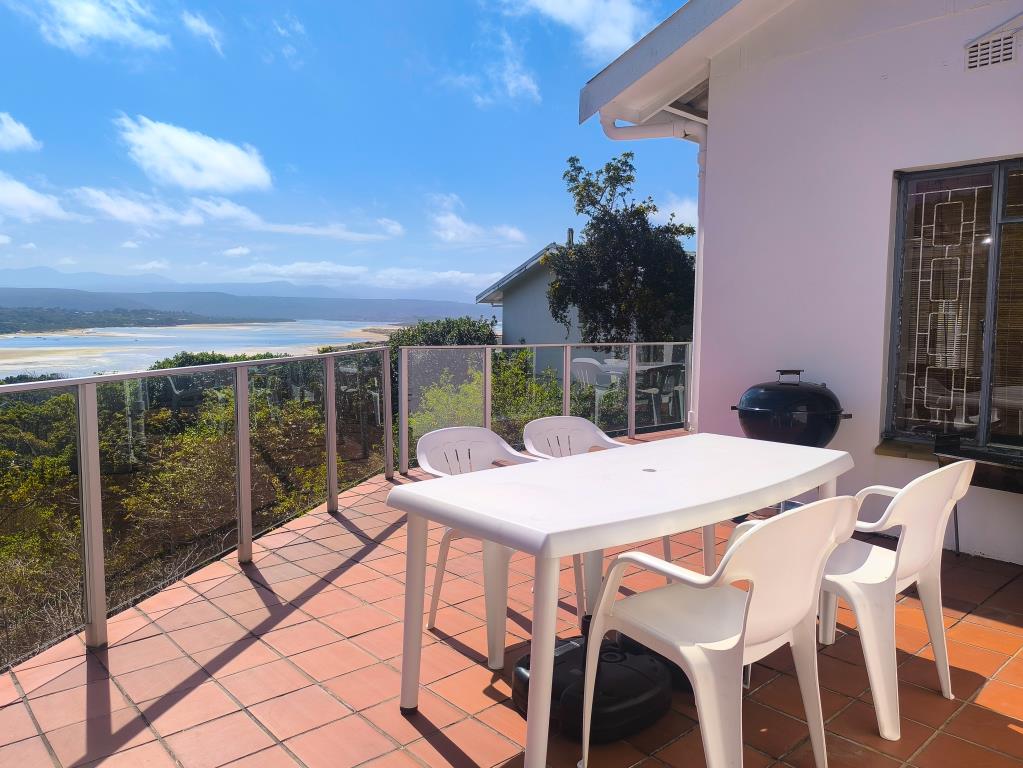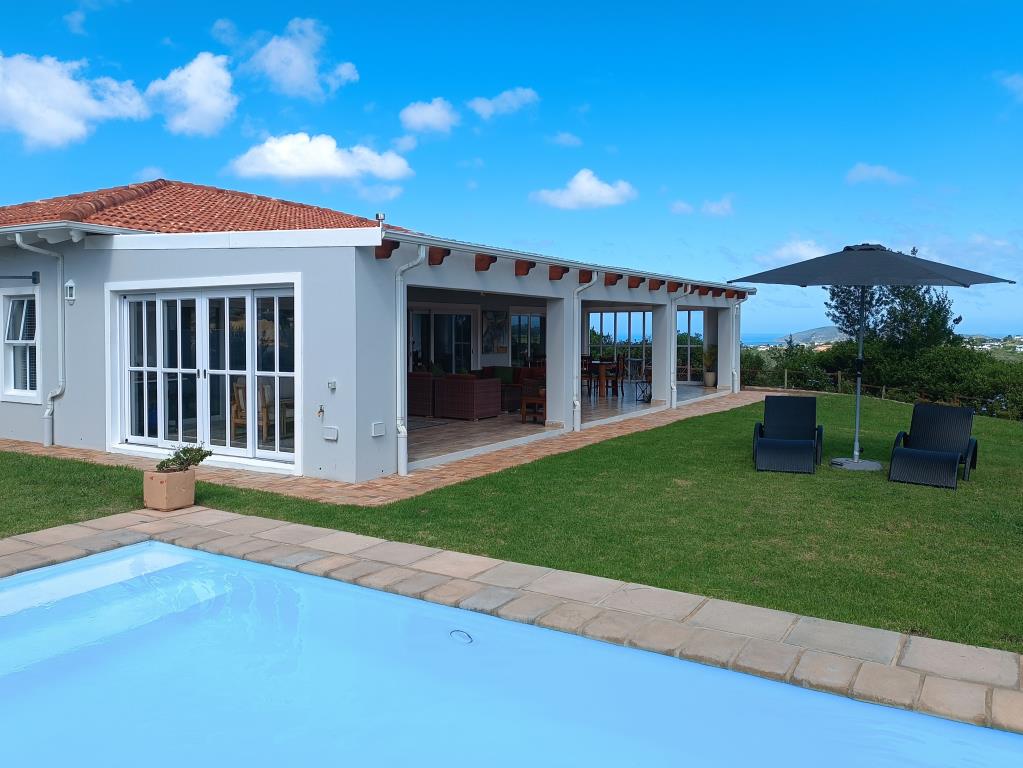An age-old sailor's superstition suggests that changing a ship's name brings misfortune. This notion resonates with the story of The Athina, Plettenberg Bay's very own shipwreck.
Local Matthew Covarr recently uncovered the ship's intriguing history. The vessel was originally built in 1941 as a flower-class Corvette for the British Navy, christened HMS Pentstemon - K61. During World War II, Corvettes like this one served as anti-submarine escorts for large naval vessels in the Atlantic, with many stationed in the Mediterranean during their off-duty periods.
These are old photos of HSM Pentstemon (K61)
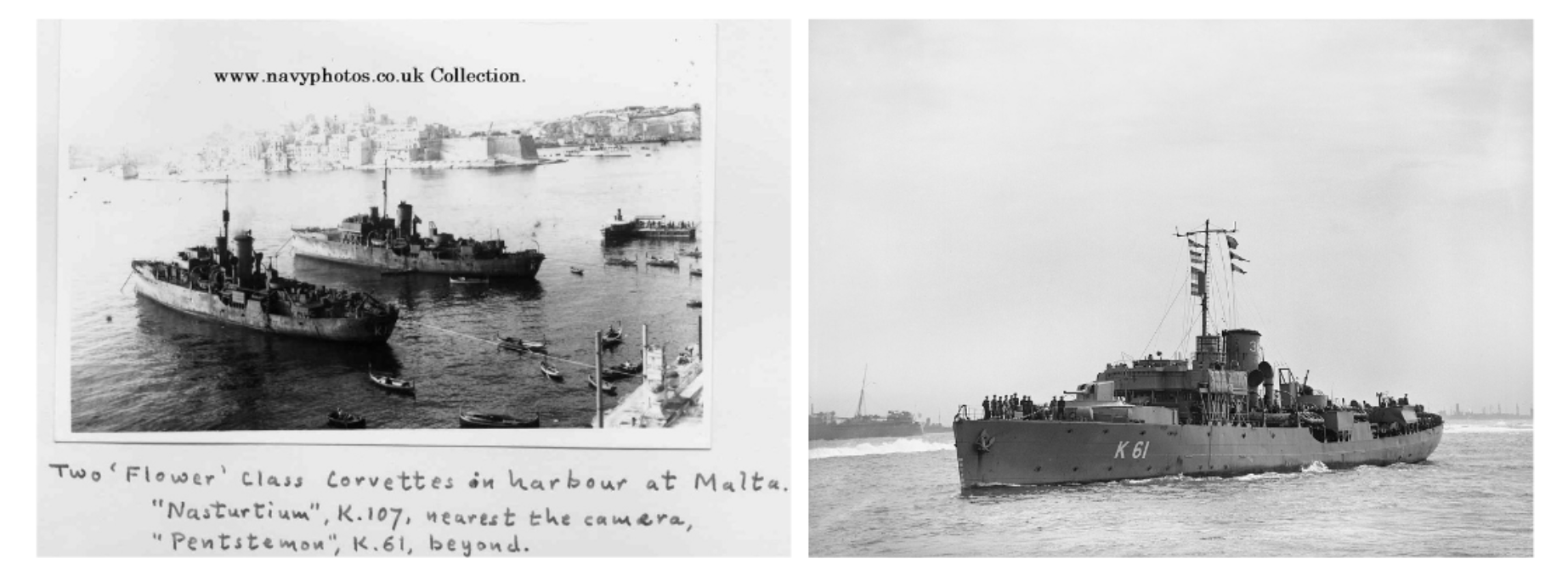
While most of these ships were dismantled after the war, the HMS Pentstemon took a different path. In 1946 the vessel was sold to the Greek mercantile service and given a new name, the Galaxidi. The ship changed hands again and became known as the Rosa Vlassis. Finally, in 1960, it was purchased by a Greek fishing operation and renamed ATHINA.
However, fate had a different plan in store for ATHINA, as eight years later, the fishing trawler carrying a cargo of tuna was en route to Greece when it collided with Whale Rock, a pinnacle located off the point of Robberg Nature Reserve. The crew quickly sailed towards the nearest shore before the trawler sank in waters ranging from 3 to 6 meters deep. Fortunately, all onboard made it safely to shore.
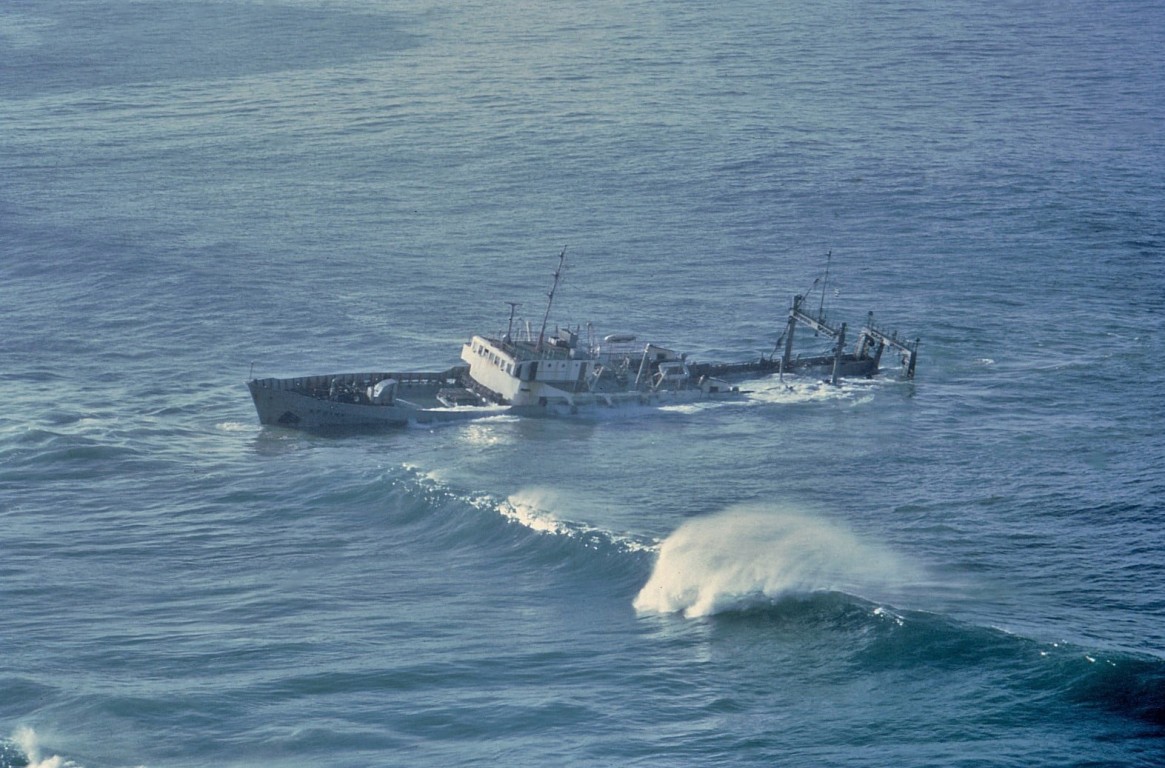
Compared to Theo Rautenbach's photo of The Athina the morning after she wrecked on Robberg beach, there's no doubt that apart from some superstructure alterations between the warship and fishing trawler, it is the same boat!
This captivating aerial photograph of the wreck, taken by @karinbrabyphotography, showcases its remarkable appearance today.
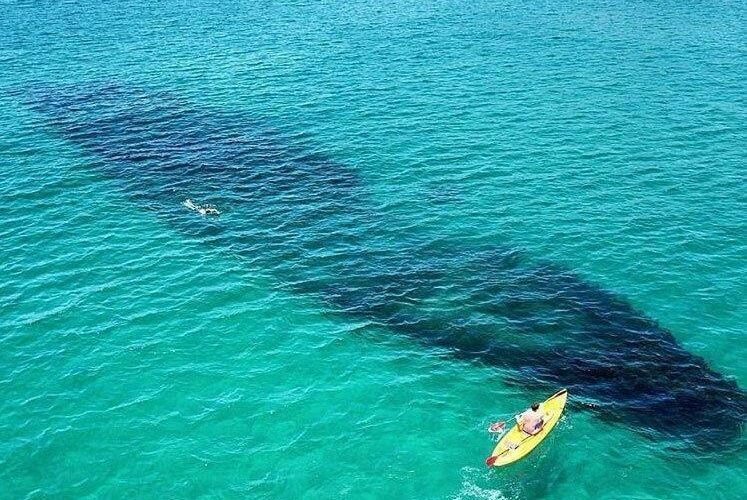
The steel hull of the trawler has transformed into a vibrant artificial reef, teeming with an abundance of fish and marine life. However, due to its shallow location (3-6 meters), diving is only possible when the sea conditions permit, making each dive an exhilarating adventure.
The beach adjacent to Robberg has now become known as 'The Wreck Beach' and is a wonderfully sheltered area highly favoured by locals. This break is widely acclaimed as a sought-after surfing spot, particularly during winter, catering to left and right-wave riders. When the winds blow from the west/northwest and the swell aligns from the south/southeast, it provides an exceptional beach break experience.
The story of the wreck in Plettenberg Bay serves as a reminder of the intriguing tales hidden beneath the waves, inviting exploration and fascination for those who seek adventure in the depths of the ocean.


